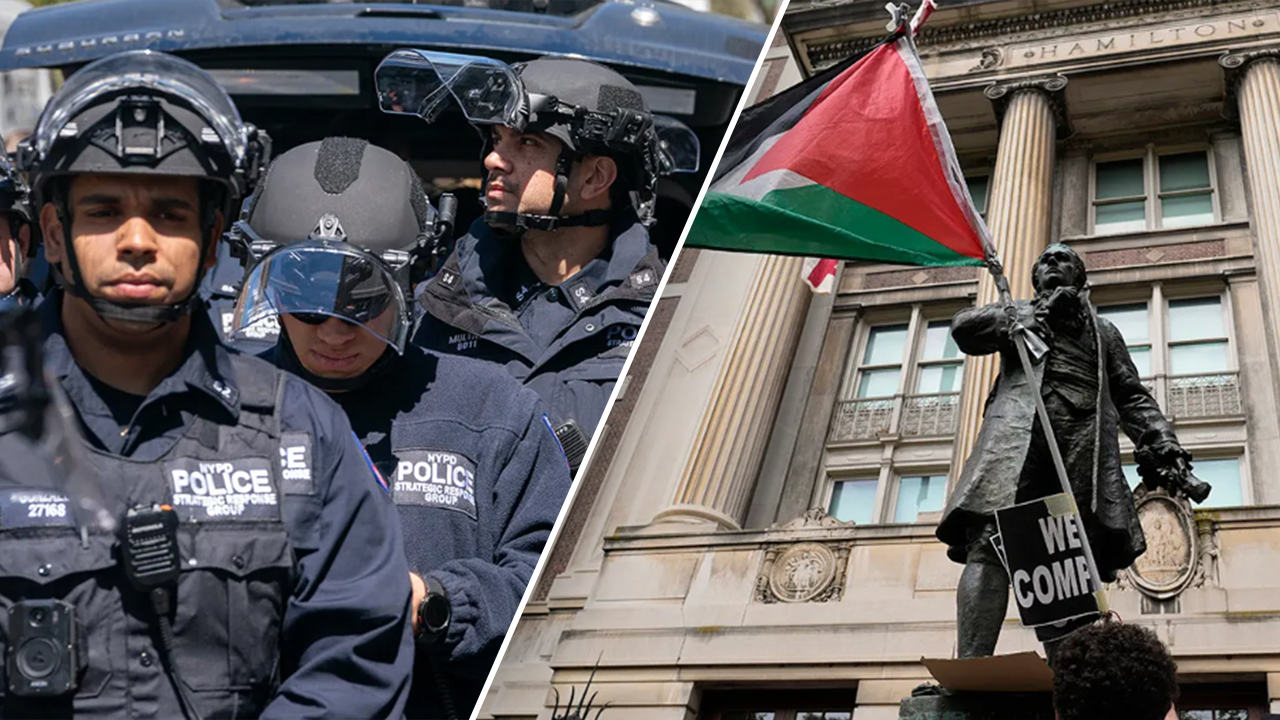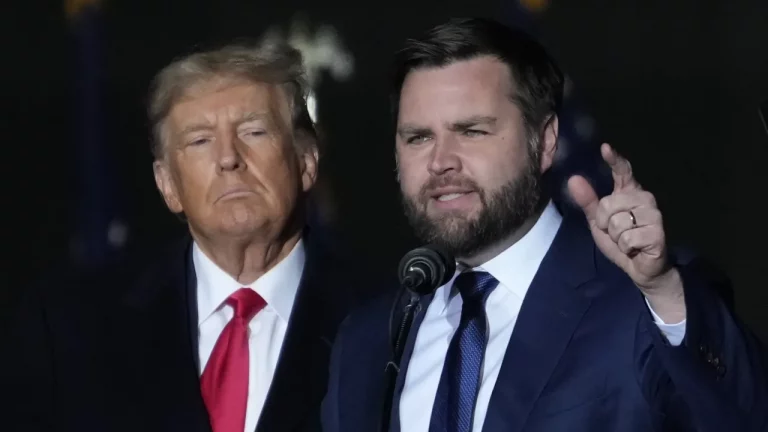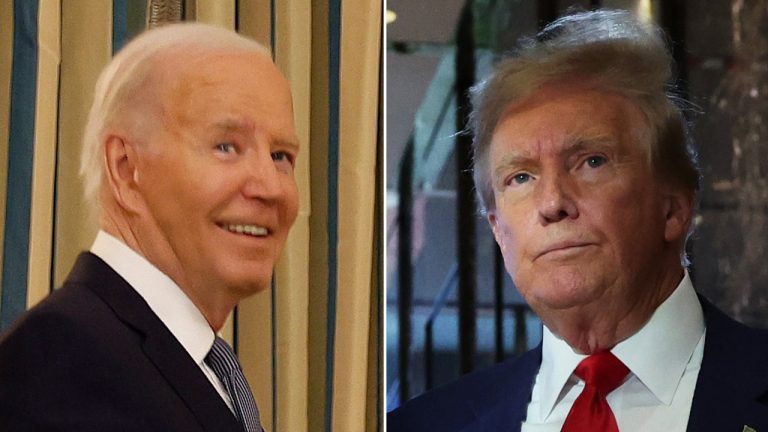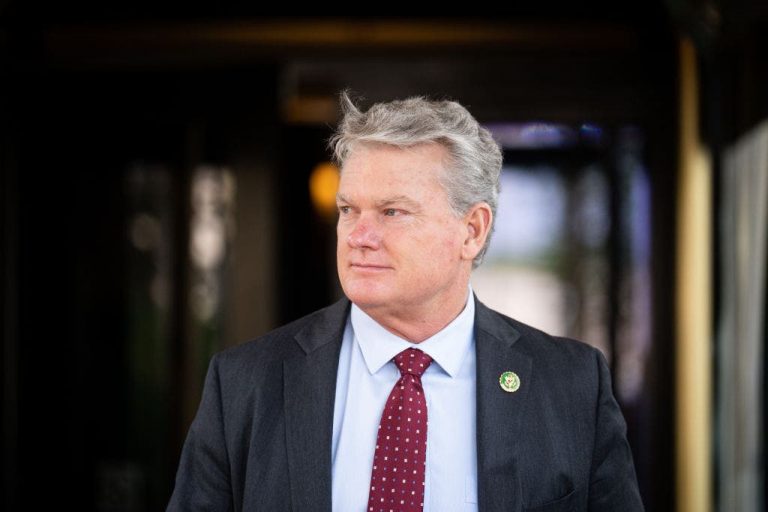Expert says police are understaffed as they deal with anti-Israel protestors.
New York City has recently faced a surge of campus protests led by radicals condemning Israel and Jews worldwide, which has become a pressing public safety concern for the NYPD. In addition to addressing ongoing crime trends, the immigration crisis, police understaffing, and security surrounding the unprecedented trial of former President Trump in Manhattan, the NYPD has been tasked with managing hundreds of arrests stemming from these protests.
Democratic Mayor Eric Adams expressed his belief that institutions like Columbia University should bear the costs associated with massive NYPD operations to remove radicals from campus. He emphasized the need for a zero-tolerance approach to prevent the escalation of such situations, emphasizing the importance of promptly dismantling encampments to avoid further unrest.
The situation at Columbia University escalated last month as anti-Israel protests spiraled out of control, with warning signs indicating a threat to Jewish students. Rabbi Elie Buechler urged Jewish students to leave campus due to extreme antisemitism and anarchy, highlighting the inability of campus security and the NYPD to ensure their safety.
The presence of an encampment known as the “Gaza Solidarity Encampment” and the radical occupation of Hamilton Hall led to a significant police operation to quell the unrest. The NYPD arrested 282 individuals across Columbia and The City College of New York, with half of them identified as outside agitators not affiliated with the universities.
Moving forward, Mayor Adams commended the NYPD for their swift response in removing agitators from the campus, emphasizing that such disruptions to the city would not be tolerated. The police’s precise handling of the situation ensured that the operation remained organized and peaceful, without any violent clashes or injuries.
The issue of understaffing within the NYPD has been a longstanding concern, with staffing levels declining over the past two decades. This decline has impacted response times to calls for service, which have increased significantly in recent years, as reported by Mangual in a New York Post opinion piece.
Although violent crimes like murder have decreased in the city, the overall crime rate has only marginally dropped. The NYPD’s stretched resources have been further strained by antisemitic and pro-Hamas encampments on campuses, threatening the safety of the Jewish community and challenging public safety.
Amidst the city’s crime trends and protests, New York City is grappling with a migrant crisis under the Biden administration, wherein illegal immigrants have inundated the nation and sought refuge in left-wing cities with sanctuary policies. Additionally, security concerns surround the ongoing trial of former President Trump in Manhattan, attracting mass media attention and gatherings of supporters and protesters outside the courthouse.
Mangual cautioned that while the NYPD is currently managing the city’s events, it may face vulnerabilities in handling mass tragedies or large-scale riots similar to those in 2020. The department’s stretched resources could hinder its ability to swiftly respond to such incidents if they were to occur.
Overall, the challenges facing the NYPD paint a complex picture of public safety concerns in New York City, as the department navigates various issues ranging from crime trends and protests to immigration matters and high-profile trials. Adapting to these challenges will require a concerted effort to address underlying issues and ensure the safety and well-being of all residents in the city.








